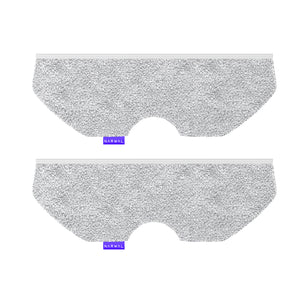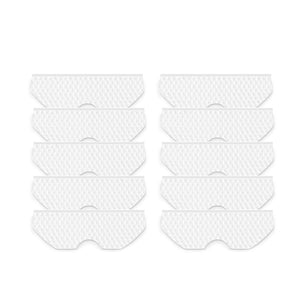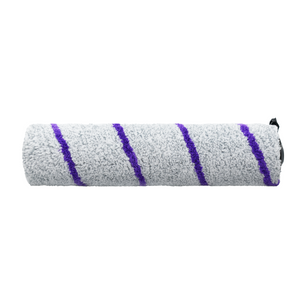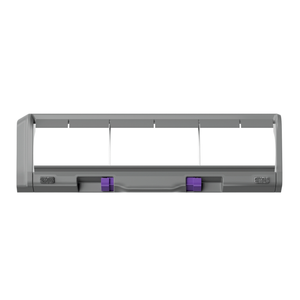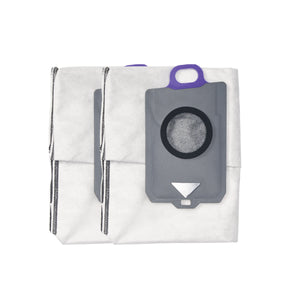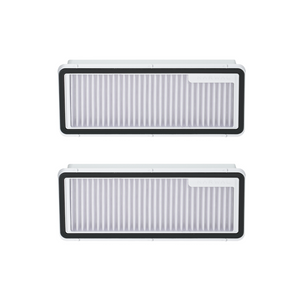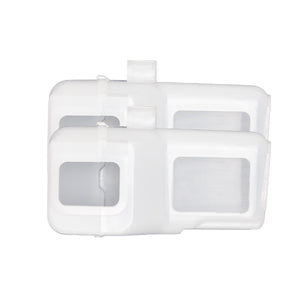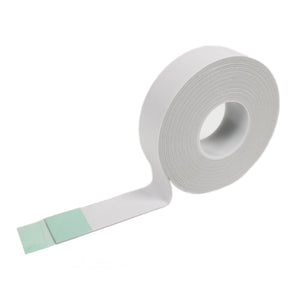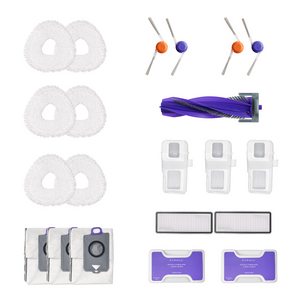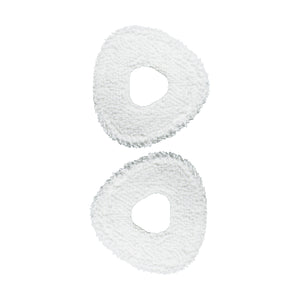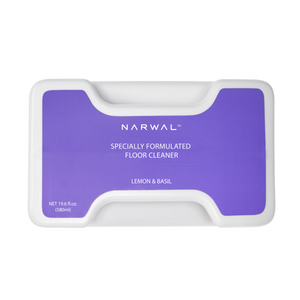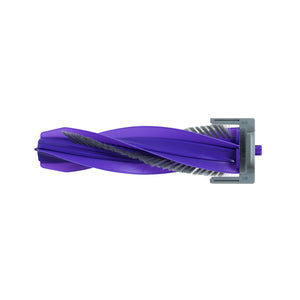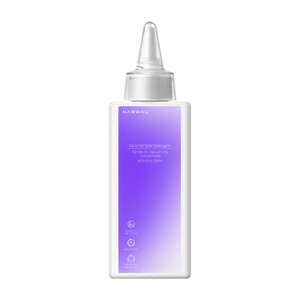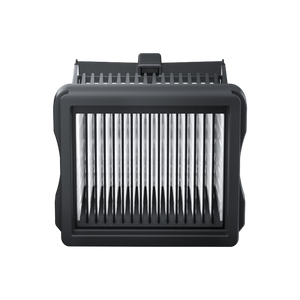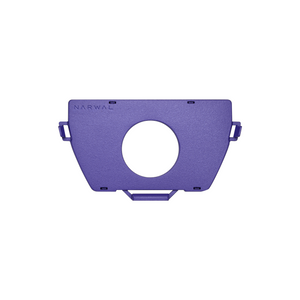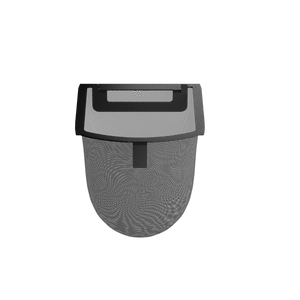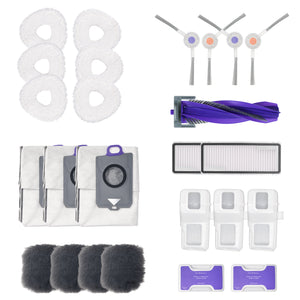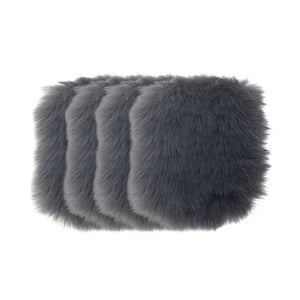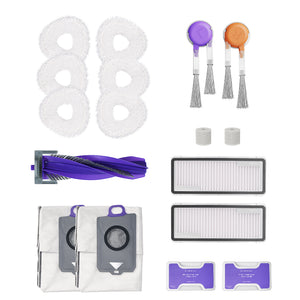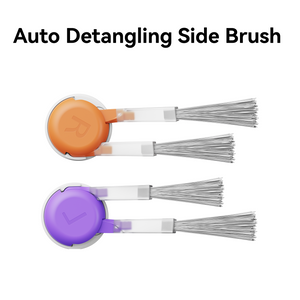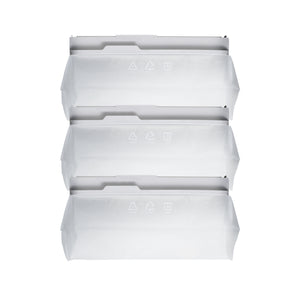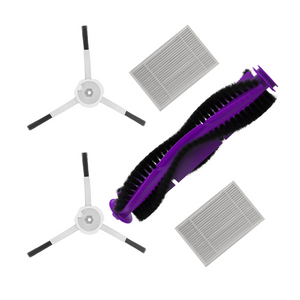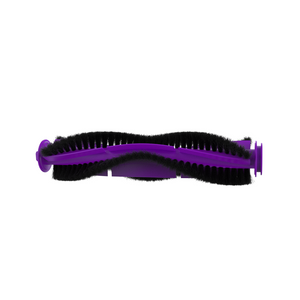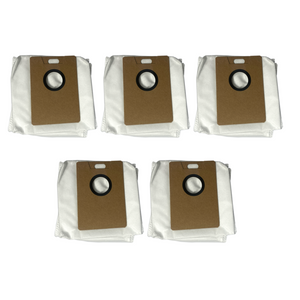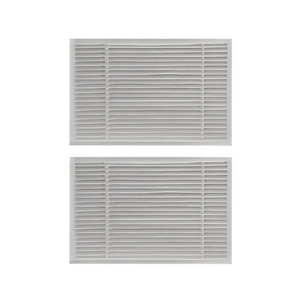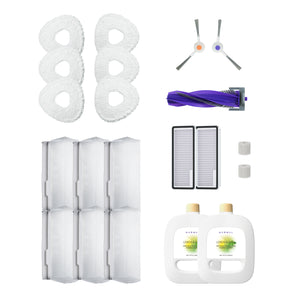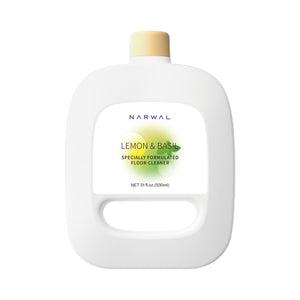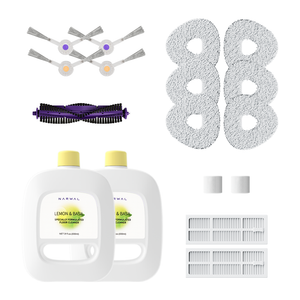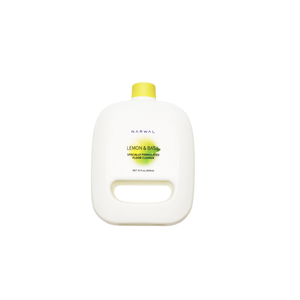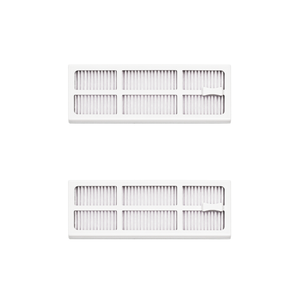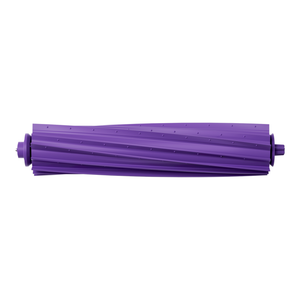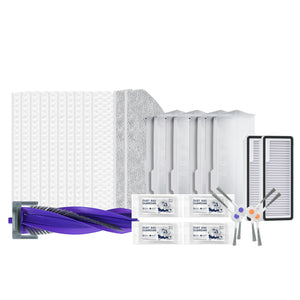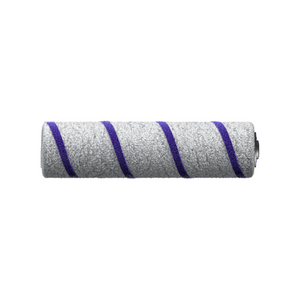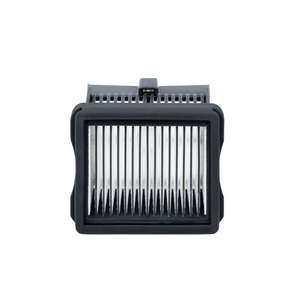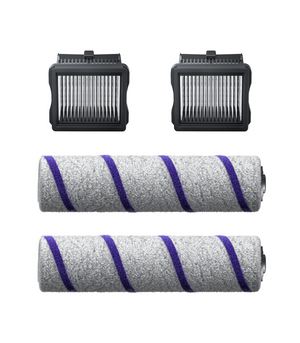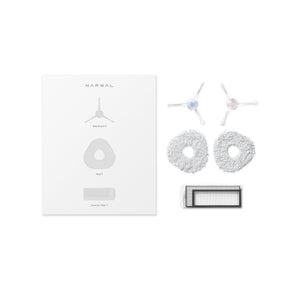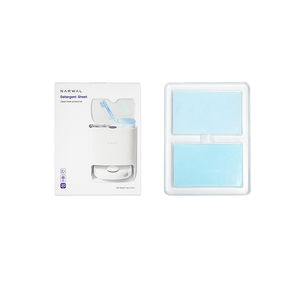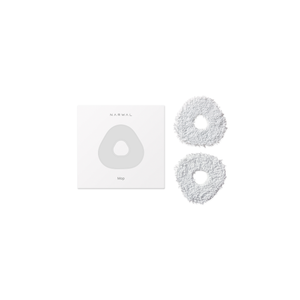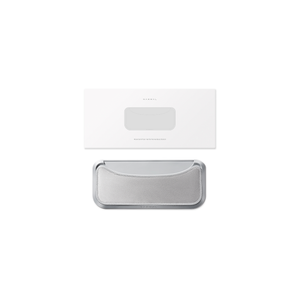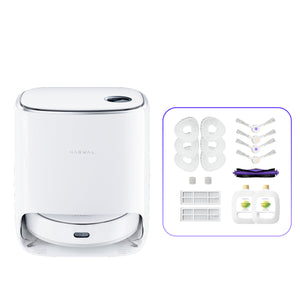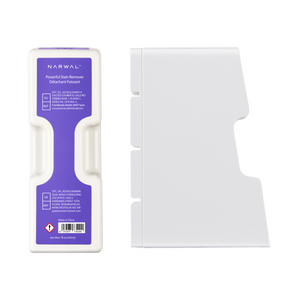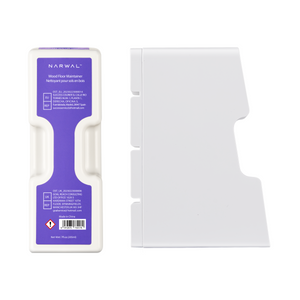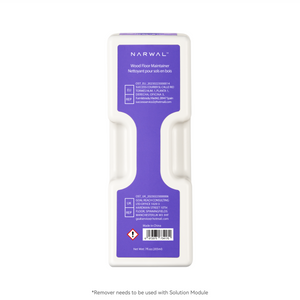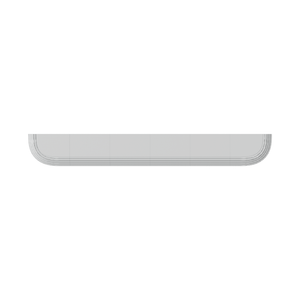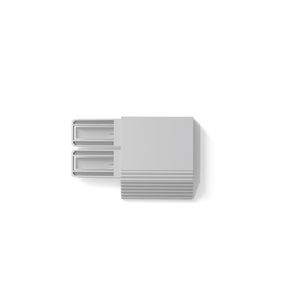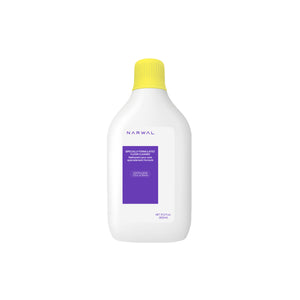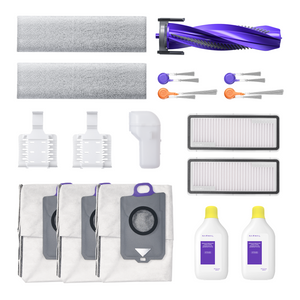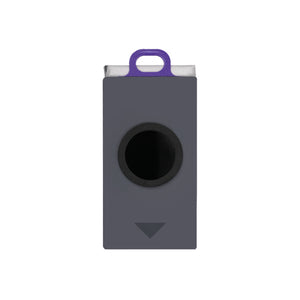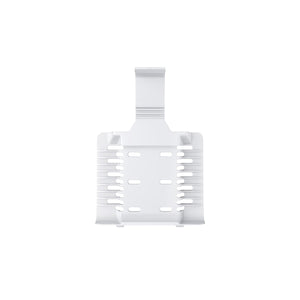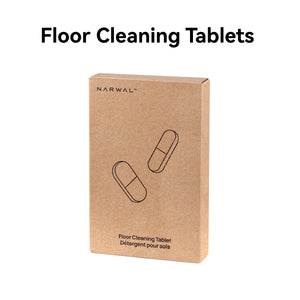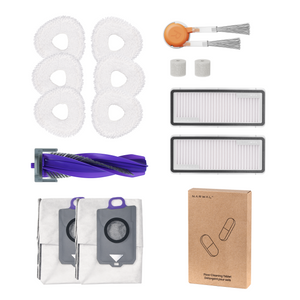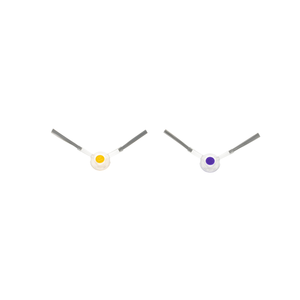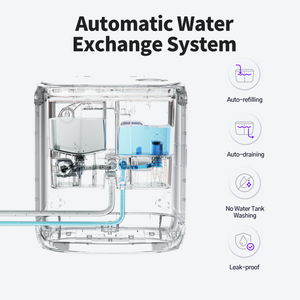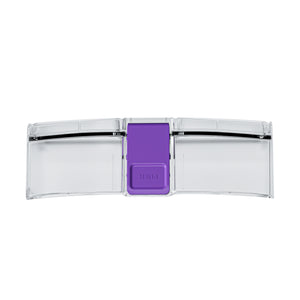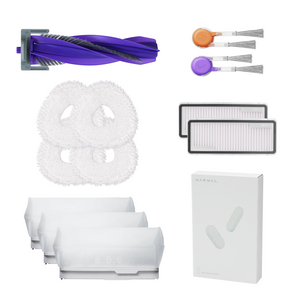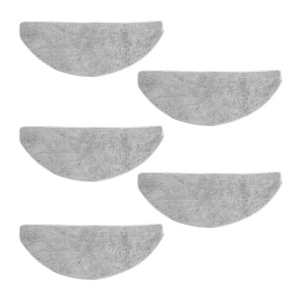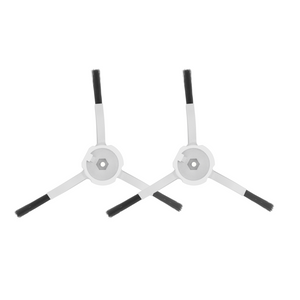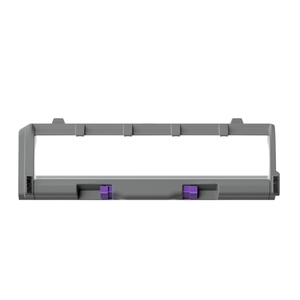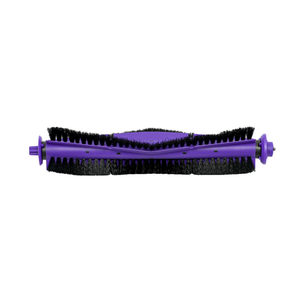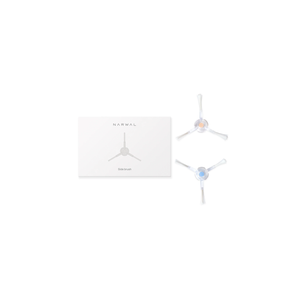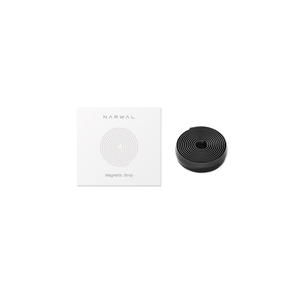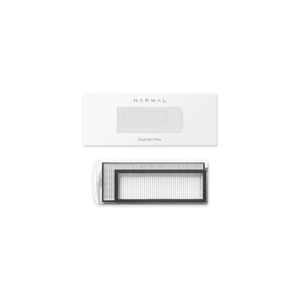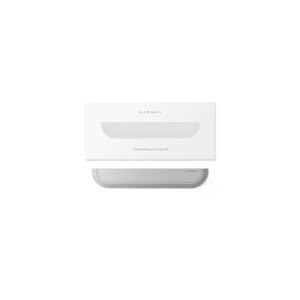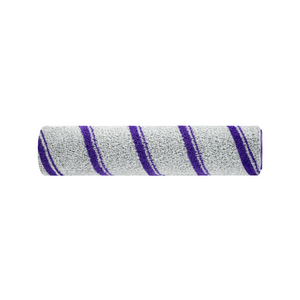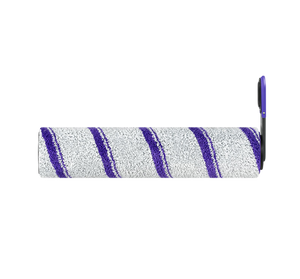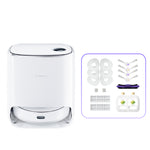The key difference between vacuum mops and steam mops lies in how they clean: vacuum mops combine suction and wet wiping to handle daily debris, while steam mops use high heat to sanitize hard floors without chemicals.
This guide explains exactly the differences between vacuum mops and steam mops. We’ll compare their strengths and limitations, and help you decide which one fits your floors, lifestyle, and cleaning needs best.
Vacuum Mop vs Steam Mop: What’s the Difference?
The core difference lies in their cleaning approach and purpose. Vacuum mops are built to remove dry debris and handle light wet messes in a single pass, making them ideal for daily maintenance. Steam mops focus on using high heat to sanitize and loosen grime, offering a deeper clean without chemicals.
In essence, one is designed for efficiency and surface tidiness, the other for hygiene and deep cleaning.
What Is Vacuum Mop?
A vacuum mop is a two-in-one cleaning tool that combines vacuum suction with a damp mopping function, allowing you to pick up dry debris and wipe floors in a single step.
It works by first using suction to collect dust, crumbs, and hair, then following with a moist mop pad to clean light stains or residue. Most vacuum mops are designed for hard floors and are ideal for everyday cleaning, especially in homes with kids, pets, or frequent foot traffic.
Unlike traditional vacuums or mops, a vacuum mop saves time by eliminating the need to sweep before mopping. Many models are cordless and lightweight, making them convenient for quick use across multiple rooms.
What Is Steam Mop?
A steam mop is a floor-cleaning device that uses high-temperature steam to loosen dirt and sanitize hard surfaces without chemical cleaners.
By heating water in a built-in tank, the steam mop releases vapor through a microfiber pad, which helps break down grime, remove stains, and kill common household bacteria. This makes it especially useful for sealed floors like tile, vinyl, or treated hardwood, where hygiene is a priority.
Unlike vacuum-based tools, steam mops don’t collect debris. Instead, they focus on deep cleaning and disinfection, making them a preferred option for households with allergies, children, or a need for chemical-free cleaning.
Vacuum Mop vs Steam Mop: Pros and Cons Comparison
Vacuum mops are convenient for picking up everyday debris, while steam mops are better at deep cleaning and sanitizing floors. Each has clear strengths and limitations depending on how and where you clean. Here’s a breakdown of both.
Vacuum Mop
Pros:
· Cleans dry and wet messes in one step, saving time
· Great for daily maintenance and quick cleanups
· Suitable for various hard floor types (tile, laminate, vinyl, sealed wood)
· Often cordless and lightweight for easy handling
· No need to vacuum before mopping
Cons:
· Cannot sanitize floors, lacks high-temperature cleaning
· Requires regular maintenance of filters, rollers, and water tanks
· Less effective on sticky stains or embedded grime
· May struggle on uneven surfaces or thick carpets
· Some models have limited battery life for larger homes
If these drawbacks make you hesitant about using a vacuum mop, consider advanced models that overcome some of these limitations. Narwal’s robot cleaners like the Freo Z Ultra and Freo Z10 feature hot water cleaning, automatic mop drying, and even carpet detection with mop-lifting, helping prevent cross-contamination.
Most importantly, their fully automated operation brings a much easier, hands-free cleaning experience—ideal for busy households seeking both convenience and performance.

Steam Mop
Pros:
· Uses high-temperature steam to sanitize floors without chemicals
· Effectively loosens grime and sticky stains
· Kills common bacteria and dust mites—ideal for allergy-prone households
· No need for cleaning solutions—just water
· Great for deep cleaning sealed tile, vinyl, and hardwood
Cons:
· Doesn’t remove dry debris, requires pre-cleaning or vacuuming
· Not safe for unsealed wood or moisture-sensitive flooring
· Requires distilled water to prevent scale buildup
· Needs time to heat up and cool down before/after use
· Typically corded and less mobile than cordless vacuum mops
How to Choose Vacuum Mop or Steam Mop?
Choose a vacuum mop if your home needs frequent cleaning of dust, debris, and light spills. Choose a steam mop if your priority is sanitizing sealed floors and removing stuck-on grime.
For homes with kids, pets, or lots of foot traffic, a vacuum mop is more practical. It handles daily messes quickly across various surfaces like tile, vinyl, and laminate. It's also a better fit for mixed floor types or open layouts where speed and convenience matter.
If your household includes allergy sufferers, crawling babies, or people sensitive to chemicals, a steam mop offers a hygienic, chemical-free way to deep clean sealed hard floors. It’s especially useful in kitchens, bathrooms, or anywhere that needs regular disinfection.
When choosing between the two, also consider your flooring:
- For sealed tile or vinyl, both tools work, but steam mops provide deeper sanitization.
- For laminate or delicate wood, vacuum mops are safer since steam can cause damage.
- For homes with area rugs or carpets, a vacuum mop may offer more versatility.
Ultimately, the right tool depends on whether your cleaning goal is daily efficiency or periodic deep sanitizing, or whether you need a combination of both.
Can You Replace Traditional Mops or Vacuums with One Tool?
Yes. In many homes, a vacuum mop or steam mop can replace traditional tools, but not always both at the same time or in every situation.
A vacuum mop can often take the place of a separate vacuum and mop for everyday surface cleaning, especially on hard floors. It is ideal if you want to save time and avoid switching between tools. However, it may not provide the deep sanitization needed in areas like bathrooms or kitchens.
A steam mop, while excellent for deep cleaning and hygiene, cannot pick up dry debris. You will still need to sweep or vacuum first, so it will not fully replace your vacuum cleaner unless paired with another tool.
If you are looking for a truly all-in-one solution, consider advanced robot cleaners such as the Narwal robot vacuums. These models combine vacuuming, mopping, hot water cleaning, and automatic mop drying. They come closest to replacing both vacuums and mops with minimal effort.
Can You Use a Steam Mop in a Rental?
Yes, you can use a steam mop in a rental, but only if the flooring is safe for steam cleaning.Before using a steam mop, check what type of flooring your rental has. Steam mops work best on sealed tile, vinyl, or stone. However, they can damage unsealed wood, laminate, or low-quality flooring, which are sometimes used in rental properties.
If the floor is not steam-safe, moisture and heat could cause warping or peeling. That might violate your lease or cause damage fees.
When in doubt, ask your landlord or property manager for flooring details. You can also test in a hidden corner with a lightly steamed pad. If steam is not an option, a vacuum mop is a safer alternative for routine cleaning without the risk of heat damage.

Choose Vacuum Mops or Steam Mops for a Simpler Cleaning Routine
Now that you understand the key differences between vacuum mops and steam mops, you are ready to choose the one that best fits your floor type, lifestyle, and cleaning goals. From daily convenience to deep sanitization, each tool has its place depending on what your home truly needs.
For those seeking a balance of power and simplicity, exploring smart cleaning solutions can make a real difference. Brands like Narwal continue to innovate in this space, offering hands-free technologies that bring greater ease and efficiency to modern households.
Whatever you decide, choosing the right tool means less stress and a cleaner, healthier living environment for you and your family.












